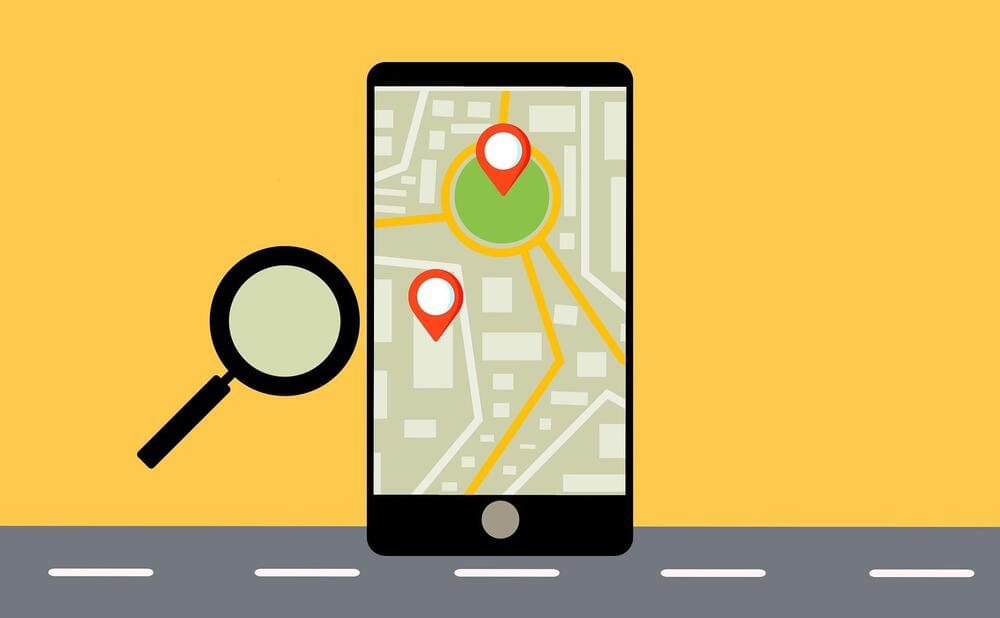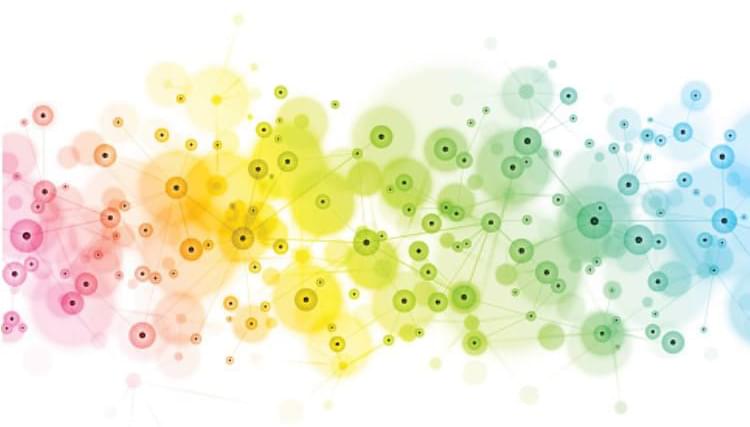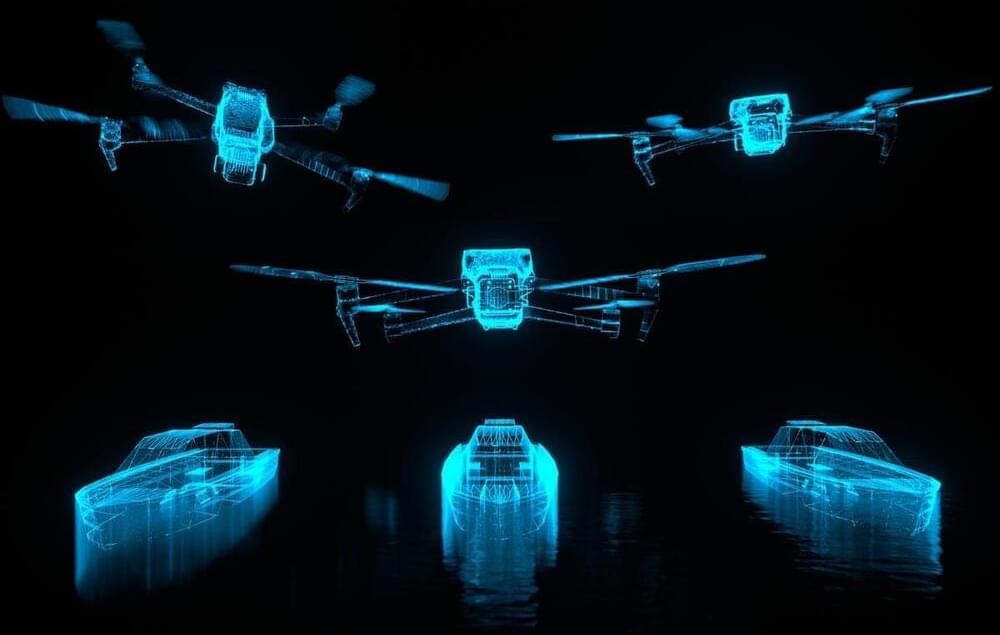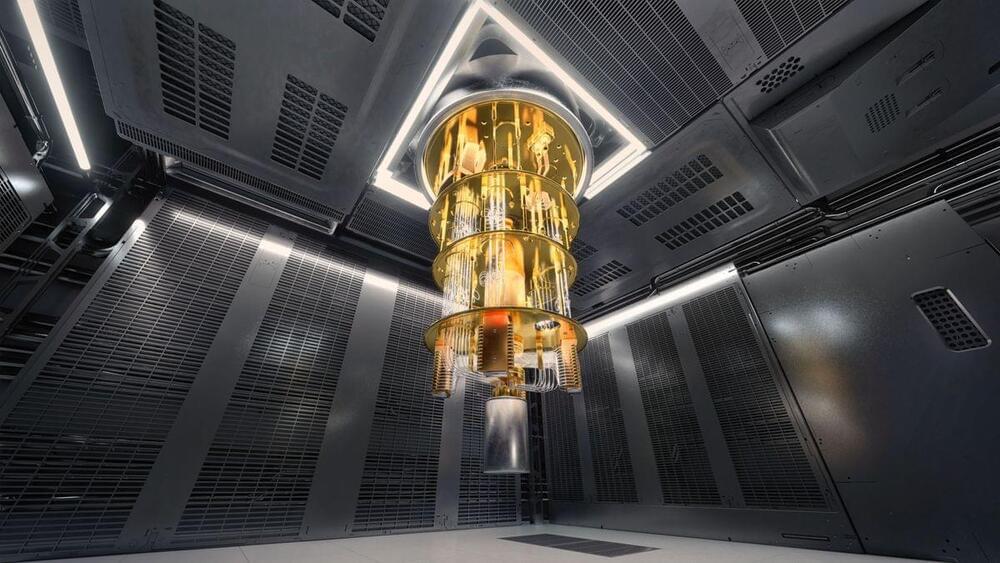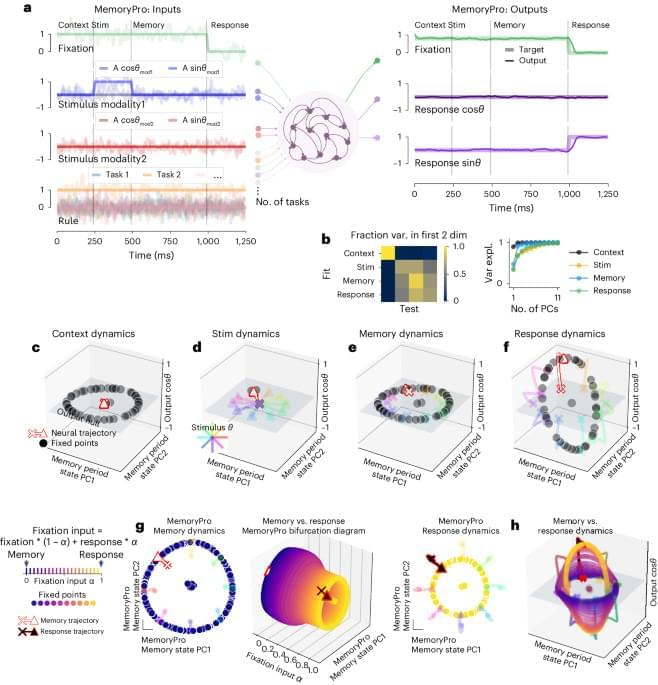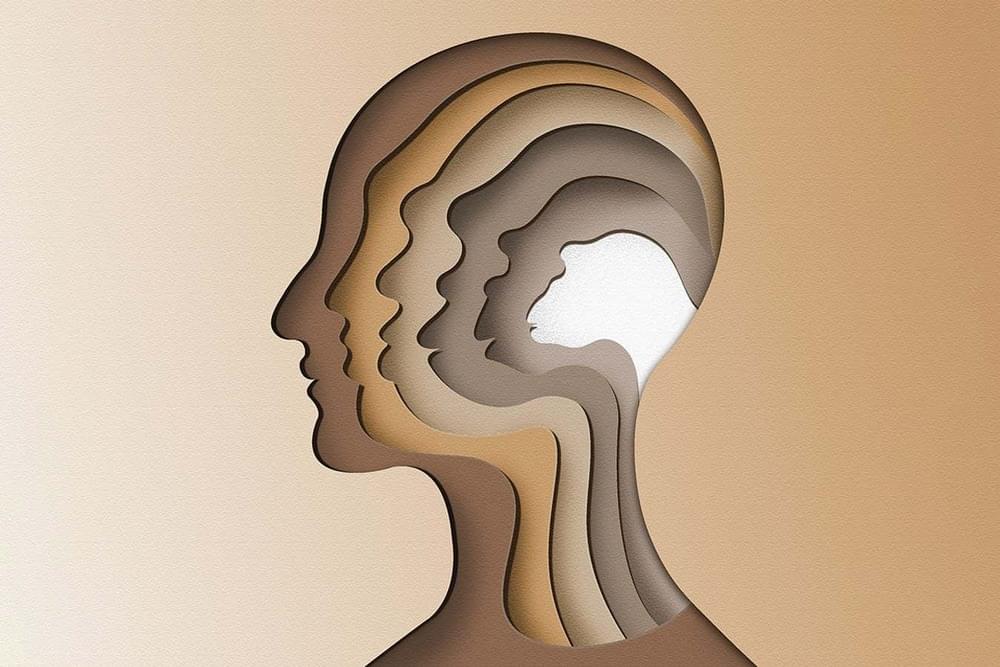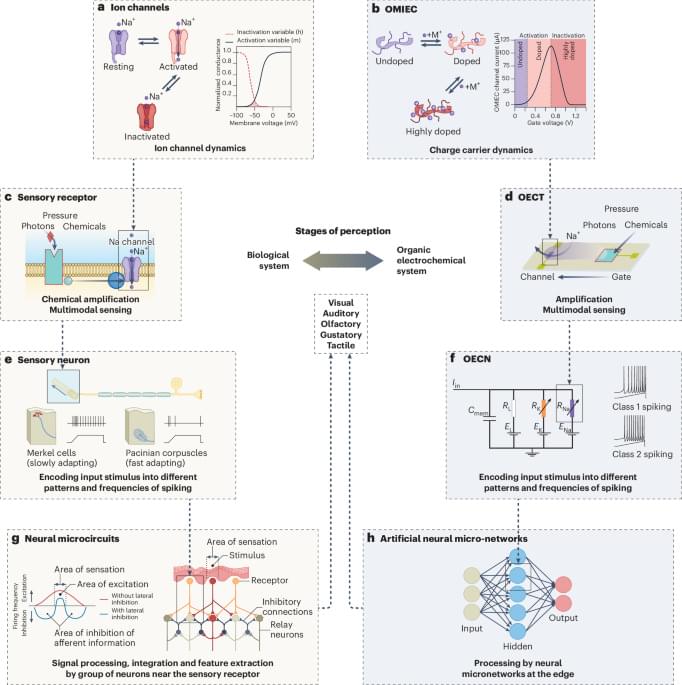Fundamental physics—let alone quantum physics—might sound complicated to many, but it can actually be applied to solve everyday problems.
Imagine navigating to an unfamiliar place. Most people would suggest using GPS, but what if you were stuck in an underground tunnel where radio signals from satellites were not able to penetrate? That’s where quantum sensing tools come in.
USC Viterbi Information Sciences Institute researchers Jonathan Habif and Justin Brown, both from ISI’s new Laboratory for Quantum-Limited Information, are working at making sensing instruments like atomic accelerometers smaller and more accurate so they can be used to navigate when GPS is down.
